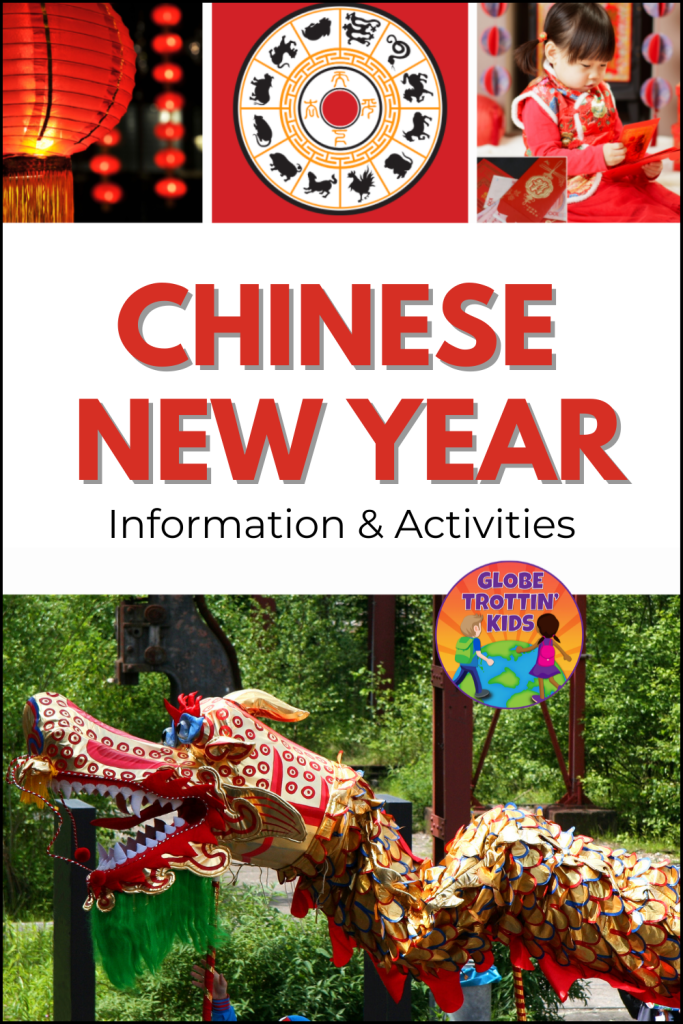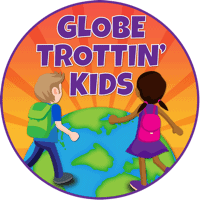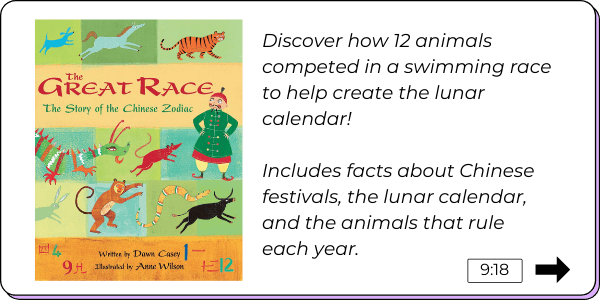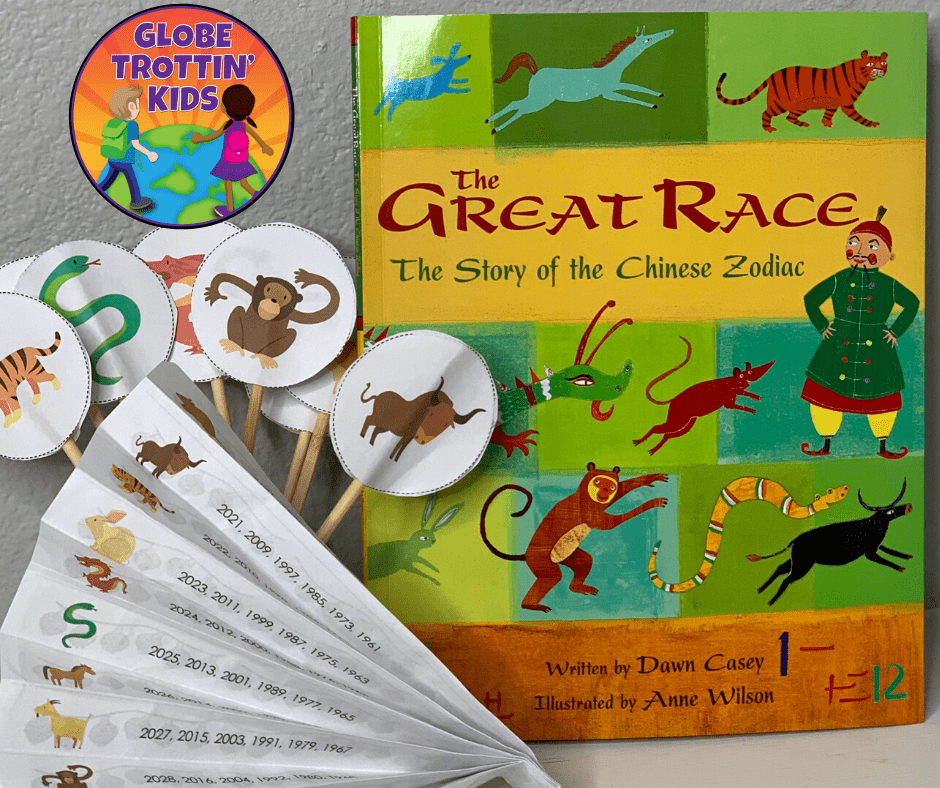Chinese New Year Resources & Activities
Chinese New Year, also known as Spring Festival, is a traditional holiday celebrated in communities around the globe.
People travel long distances to reunite with family and participate in traditions before, during, and after the New Year.

Disclosure: This post contains affiliate links. By clicking through and making a purchase, we receive a small commission at no extra charge to you. All proceeds help support our free global education website. Thank you!
Chinese New Year Date
The date for the festival changes every year because it is based on the Chinese lunar calendar (using the moon’s phases).
Chinese New Year, the first day of the first lunar month, usually falls somewhere between the middle of January and the middle of February.
Chinese New Year Zodiac Animals
A cycle of 12 animal signs is associated with each Chinese calendar year. Each new year starts a new animal’s zodiac year.
The animals, in order, are rat, ox, tiger, rabbit, dragon, snake, horse, ram, monkey, rooster, dog, and pig.
2023 | January 22 | Rabbit
2024. | February 10 | Dragon
2025 | January 29 | Snake
2026 | February 17 | Horse
2027 | February 6 | Ram
2028 | January 26 | Monkey
Follow along with a read-aloud of The Great Race | The Story of The Chinese Zodiac, and learn about the legendary race that led to the 12 zodiac signs.
Add story sticks and a printable zodiac fan to engage students during the story and to support students in retelling the tale after reading.
Chinese New Year Traditions
Preparations begin days before. People get ready to welcome the new year by thoroughly cleaning their homes – sweeping out the old and getting ready for the new – and buying new clothes. Houses are decorated with red lanterns, couplets, and paper cutouts.
Children receive red envelopes with lucky money to spend how they choose. The amount is usually an even number and cannot be divided by four. (The number 4 sounds like “death” in Chinese and is considered bad luck.)

The bills are new and crisp, and no coins are included. Red envelopes should always be received with both hands and not opened in front of the person who gives the envelope.
Make Your Own! Chalk Academy offers FREE printable red envelopes in simplified and traditional Chinese.
Fun Fact: Red is a popular color for the celebration. In Chinese culture, it is the symbol of happiness, wealth, and good fortune. Red attracts good luck and dispels evil spirits.
The reunion dinner on New Year’s Eve is an important time to gather with family and is considered the most important meal of the year. Foods with lucky meanings are included, such as dumplings, sticky rice cakes, spring rolls, and fish. After the feast, it is common to watch the Spring Festival Gala on TV and set off fireworks to bring in the new year.
Traditional Chinese dances, such as the lion dance and dragon dance, are performed during the Spring Festival and are believed to bring good luck.
Lion dances are performed by two dancers, and the dragon dances are performed by a group of acrobatic dancers.
On the fifteenth day of the new year, the Lantern Festival marks the traditional end of the Chinese New Year celebration. People release glowing lanterns into the sky or set them afloat on rivers or lakes.
2025 is the Year of the Snake.
The Snake is associated with wisdom, charm, elegance, and transformation in Chinese culture. Learn more about the Year of the Snake from China Highlights.
Related Activities
🟣 Visit our China country profile for a detailed map, country infographic, informational video, detailed map, recommended books, and interactive activities.
🟣 Explore China’s geography and culture with our Country Research Project. Young explorers are guided through the research process to create a final presentation.
🟣 Read Yeh-Shen: A Cinderella Story From China (believed to be the original version). Use our Literature Response Task Cards to engage kids in various activities.
🟣 Discover China’s Mid-Autumn Festival – also known as the Moon Festival.
🟣 Read Lin Yi’s Lantern: A Moon Festival Tale. Print our FREE teaching resources with a focus on analyzing character traits.



